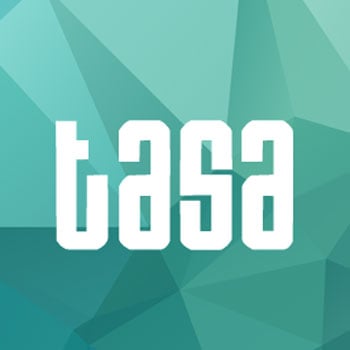Digital Sketching with Elizabeth A. Yarosz-Ash
/By Joe Peña, Assistant Professor of Art, Texas A&M University – Corpus Christi
Elizabeth A. Yarosz-Ash, Professor of Art and 1991 Hardin Foundation Distinguished Professor at the Juanita and Ralph Harvey School of Visual Arts at Midwestern State University in Wichita Falls, TX.
An established and prolific artist in her own right, Yarosz-Ash presented an intriguing seminar on Digital Sketching in the drawing classroom using iPads and sketching software in lieu of traditional materials.
Beginning with an introduction on examples of digital drawings created by the artist David Hockney on his iPhone, Yarosz-Ash then discussed how she organized and presented her concept for the course to the administration, subsequently receiving funding to continue. She then proceeded to explain how she planned the course following a similar structure of a traditional drawing class and included examples of student work before the use of the new media. She then discussed the various software apps she experimented with, including Brushes, Redux, Zen Brush, and Adobe Photoshop Sketch, as well as multiple touchscreen tools including the iPencil and the Sensu Brush with those I have mentioned as being successful for the purpose of the class.
Yarosz-Ash further explained the numerous strengths in the use of the iPads as opposed to traditional media which included students’ incentive to take risk considering the ease of erasing unwanted areas of the drawing, and then reverting to the previous drawing after deletion, as well as the ability of some of the sketch programs to record the progression of a drawing and replaying them in front of the classroom during critiques. A handy tool indeed considering we only see the final work from most assignments.
Yarosz-Ash then discussed the initial difficulties of enlarging the digital drawings with resulting pixilation but that the use of the software Blow Up by the company Alien Skin allows images to be increased for printing while retaining high resolution. She also spoke about which paper was best suited for printing the digital drawings on (Strathmore Printmaking Paper – 189 lb., followed by Strathmore Drawing Paper- 80 lb.) and the preparation of the paper using digital ground medium and acrylic gesso.
Lastly, Yarosz-Ash showcased the resulting student drawings both on screen and on a table (printed and framed) after the intensive course which were impressive to say the least. She continued by stating that she invited an artist to serve as a juror to place the drawings who was not aware of their digital origins and expressing disbelief after the judging.
I would like to extend my congratulations to Mrs. Elizabeth Yarosz-Ash on a successful course experimentation (and presentation), having attempted to run a similar project in my painting courses to no avail due to funding. However I do question the necessity of fooling the invited juror as a means of validifying the use of the new media. Perhaps it wasn’t her intent to downplay that they were digital drawings or perhaps I misinterpreted, but personally I feel digitally created work has earned the right to stand alone on its own merit especially with the amount of stunning work being created in this day and age.







